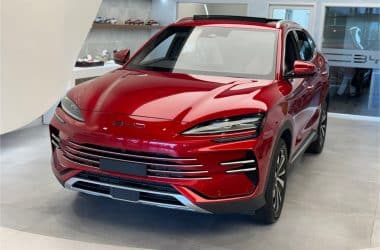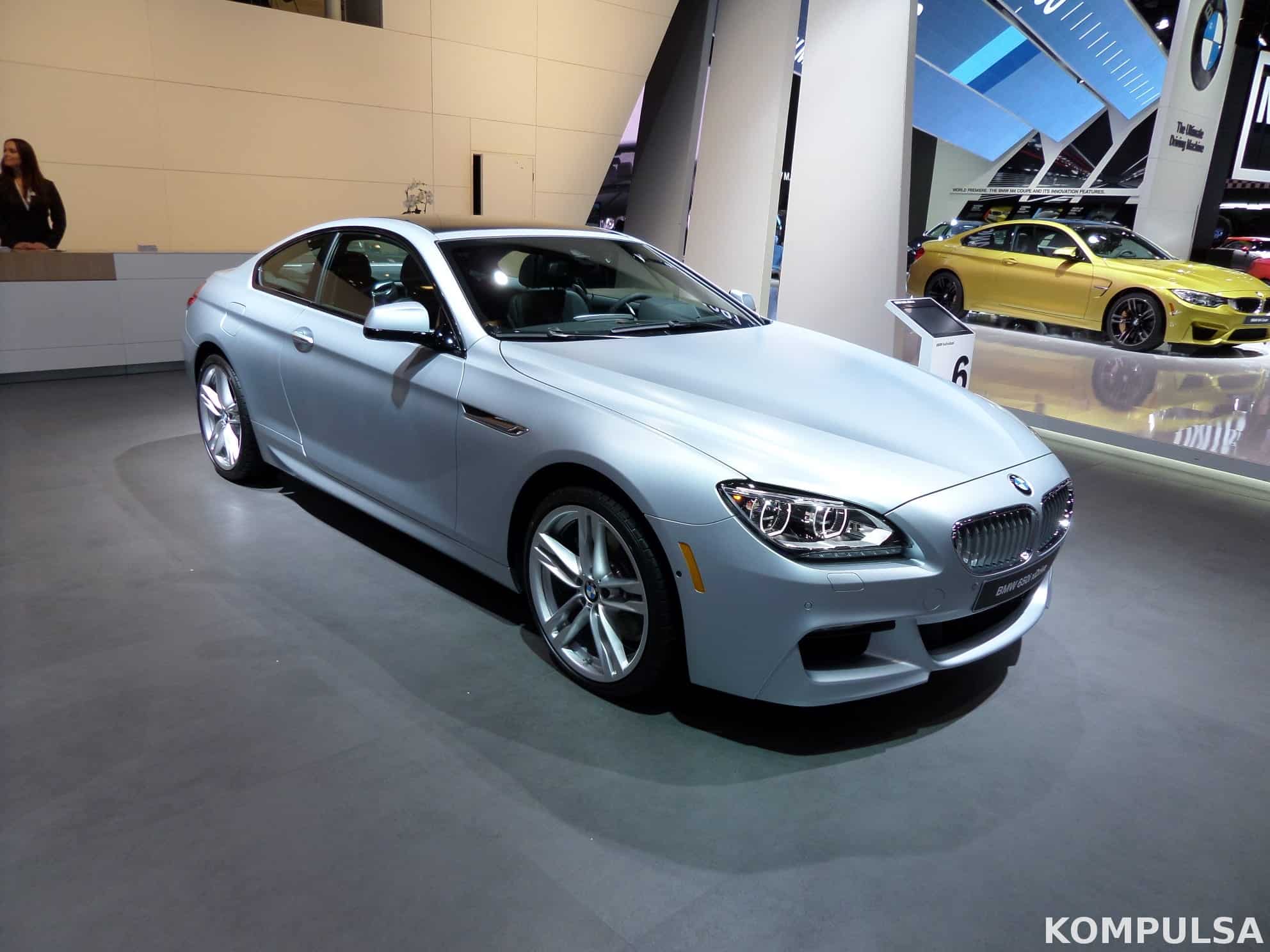The Blackfriars railway bridge in London, U.K. (above the river Thames) has now been furnished with 4,400 solar panels, a collaborative effort between First Capital Connect (the company that runs the Blackfriars Railway station) and Solarcentury. This solar panel array is expected to reduce CO2 emissions by 511 tonnes per year.
Apart from that, other considerable benefits of this project are largely due to the fact that the solar panels are installed as a roof, so they aren’t occupying valuable land which would be needed by anything else, and, they shade the trains. Cooler trains translates to lower air conditioning power usage (unless the train doesn’t have air conditioning).
“Electric trains are already the greenest form of public transport – this roof gives our passengers an even more sustainable journey,” said David Statham, managing director of First Capital Connect. “The distinctive roof has also turned our station into an iconic landmark visible for miles along the River Thames.”
Suzanna Lashford, head of commercial sales for Solarcentury, pointed out that solar panels are often an afterthought, and that integrating them into the design of a project can reduce the cost of the project, and quicken it. This may be due to the fact that today, solar panels are usually installed on existing infrastructure.
Planning a project from the ground up, inclusive of everything it is to contain is always best. Afterthoughts often have to be squeezed in via some form of compromise, and they require modification.
Source: businessGreen.







